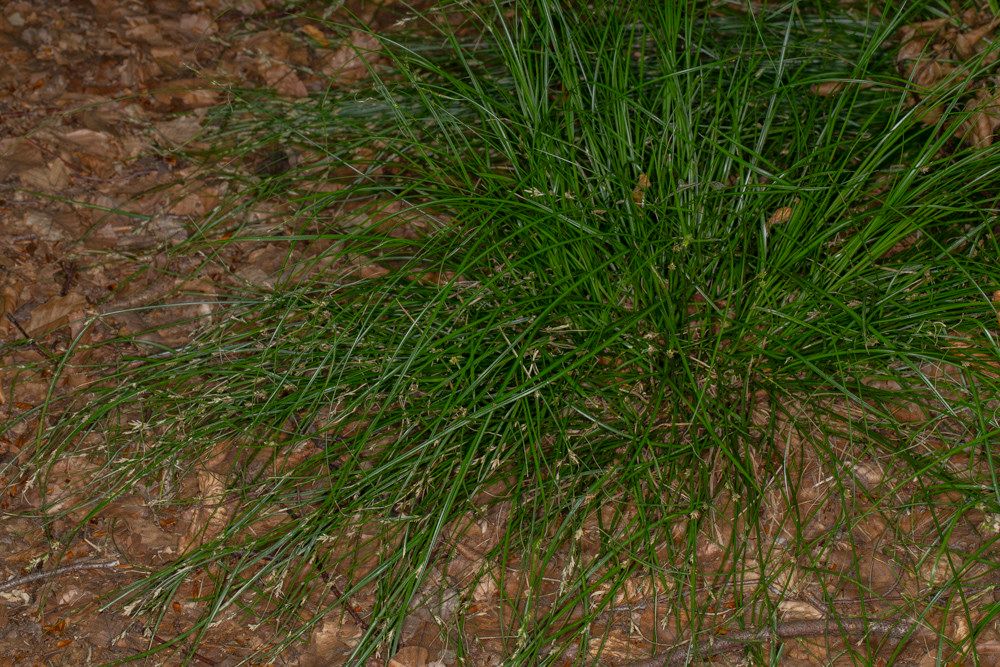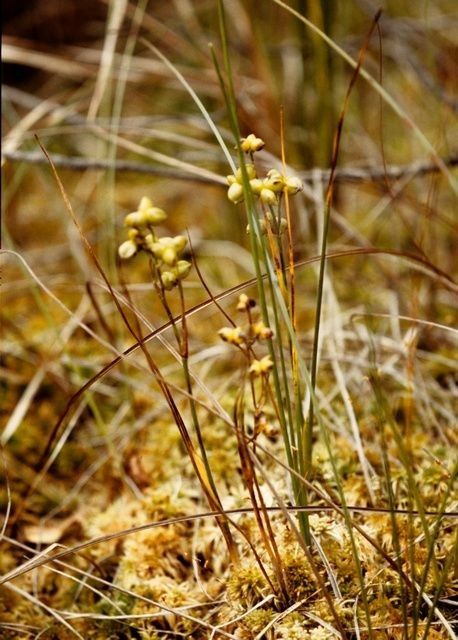## California Sycamore: A Majestic Native Tree
The California sycamore ( *Platanus racemosa*) stands as a majestic symbol of California's diverse landscape. This large, deciduous tree is known for its striking mottled bark, which peels away in patches to reveal creamy white, tan, and green hues beneath. Its broad, maple-like leaves provide ample shade, making it a popular choice for landscaping in appropriate climates. This comprehensive guide will help you understand the characteristics, care, and cultivation of this iconic tree.
### Habitat and Growth
California sycamores are native to riparian woodlands and canyons throughout California, as well as southwestern Oregon and Baja California. They thrive in areas with ample water availability, often found along streams, rivers, and moist canyons. These trees can grow to impressive heights of 50-100 feet, with a spread equally as wide, making them a dominant feature in their environment. Their growth is relatively fast, particularly in ideal conditions.
### Sun Exposure and Soil Needs
California sycamores prefer full sun to partial shade. While they can tolerate some shade, optimal growth occurs with at least six hours of direct sunlight daily. Regarding soil, they are adaptable but perform best in well-drained, moist soils that are slightly acidic to neutral (pH 6.0-7.5). They are tolerant of a wide range of soil types but dislike consistently soggy conditions, which can lead to root rot. Proper drainage is crucial for their health and longevity.
### Planting and Care
Planting a California sycamore involves selecting a location that meets its sunlight and soil requirements. Dig a hole twice as wide as the root ball and just as deep. Gently remove the container and place the tree in the hole. Fill the hole with soil, ensuring the tree is planted at the same depth as it was in its container. Water deeply after planting. Regular watering, especially during dry periods, is essential, particularly in the first few years after planting. Fertilization is generally not required unless soil testing reveals deficiencies.
### Pruning and Maintenance
Pruning is best done in late winter or early spring before new growth begins. Remove dead, damaged, or crossing branches to maintain the tree's shape and health. Regular inspection for pests and diseases is important. While generally resistant, they can be susceptible to certain fungal diseases if soil drainage is poor. Monitoring for signs of disease and addressing any issues promptly is essential.
### Uses and Benefits
California sycamores offer numerous benefits. Their extensive canopy provides ample shade, making them ideal for parks, gardens, and other outdoor spaces. Their attractive bark adds visual interest to any landscape. The tree also supports various wildlife, providing habitat and food for birds and other animals.
### Conclusion
The California sycamore is a magnificent tree that can grace any landscape with its beauty and majesty. By understanding its growth requirements and providing proper care, you can ensure the long-term health and vibrancy of this remarkable native tree. Remember to consider its mature size before planting to give it the space it needs to thrive.
California Sycamore: Planting, Care & Guide

Frequently Asked Questions
How do I care for a California Sycamore tree?
Provide adequate watering, especially during dry spells. Ensure well-drained soil. Prune dead or crossing branches in late winter/early spring. Monitor for pests and diseases.
What type of soil does a California Sycamore need?
California Sycamores prefer well-drained, moist soil with a slightly acidic to neutral pH (6.0-7.5). They are adaptable but dislike constantly soggy conditions.


